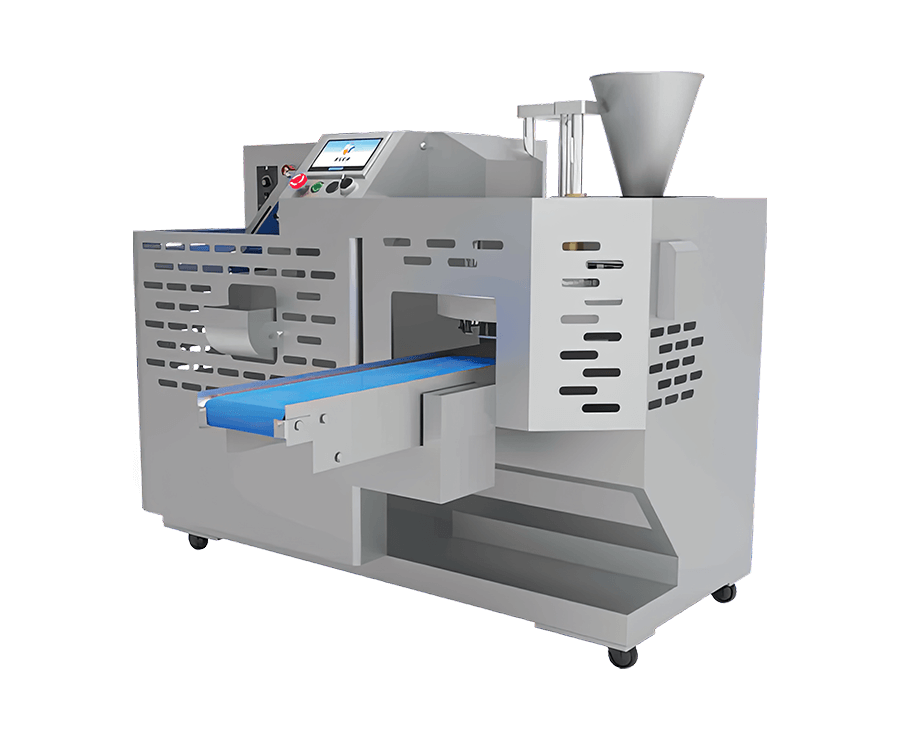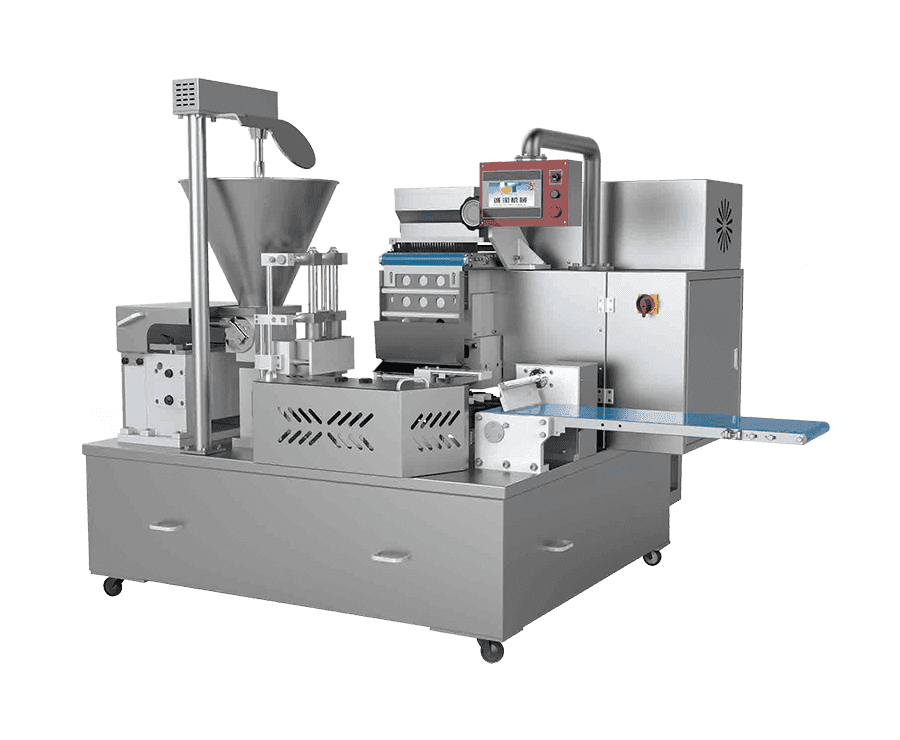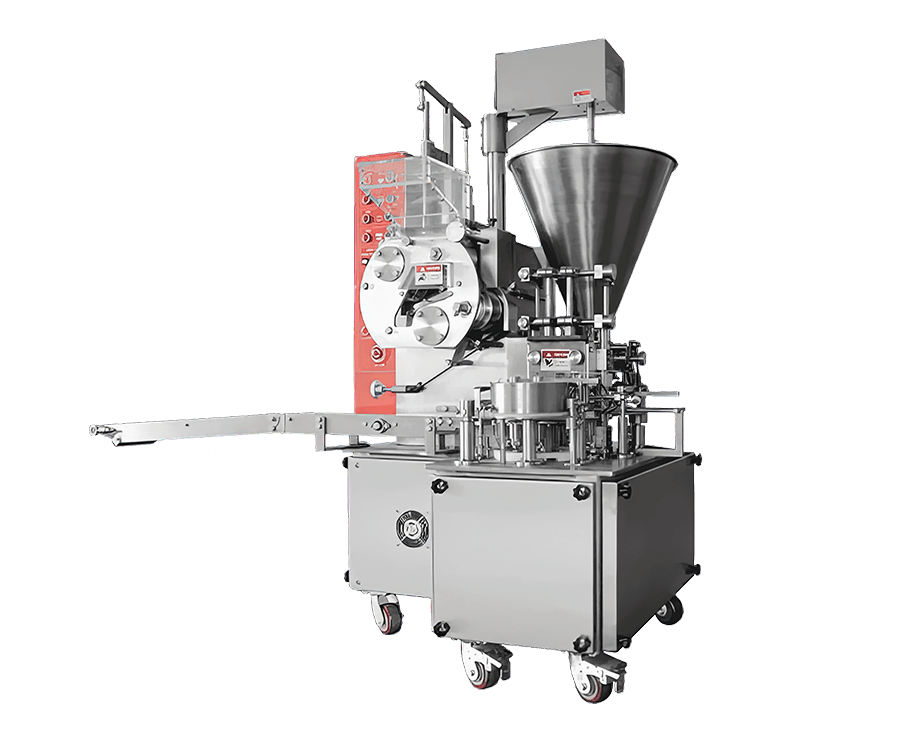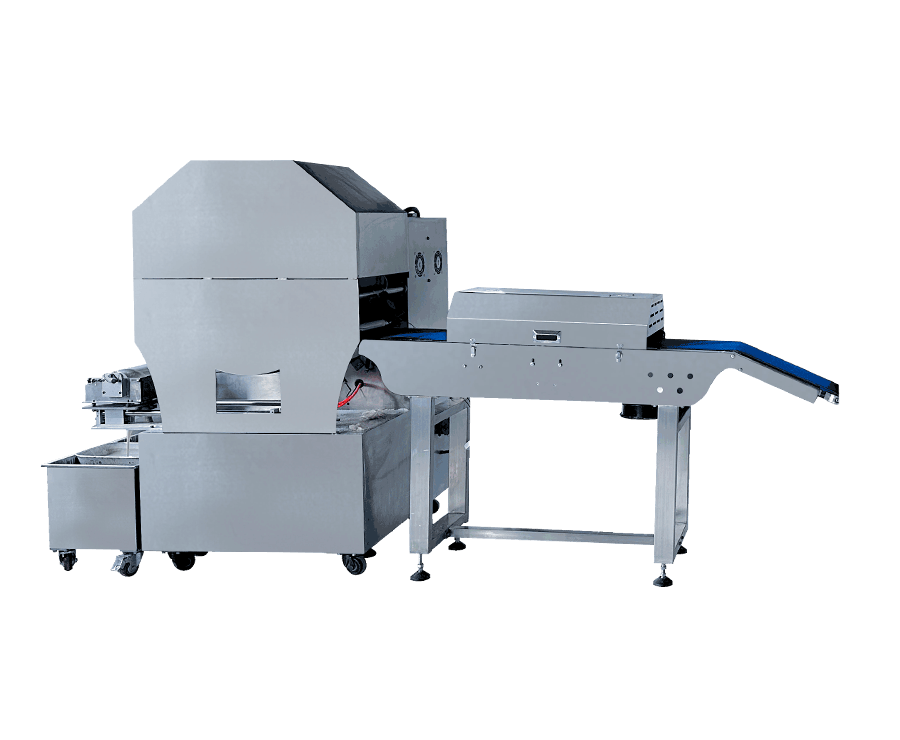How Automatic Wonton Machines Are Transforming Central Kitchens and Frozen Food Production Lines
As consumer demand for convenient, high-quality ready-to-cook meals continues to rise, central kitchens and frozen food manufacturers are actively seeking efficient, scalable solutions to maintain consistency and reduce manual labor. One of the most effective tools now reshaping this segment of the food industry is the automatic wonton machine. Designed to streamline and standardize production, these machines provide a critical edge in a competitive market that rewards both speed and precision.
For central kitchens that supply large volumes of meals to restaurant chains, hospitals, and institutions, the ability to produce wontons and siomai in bulk without compromising on quality is crucial. Traditional handmade methods are time-consuming and heavily reliant on skilled labor, which is increasingly difficult to retain. The automatic wonton machine simplifies this process by integrating dough handling and filling into a single, efficient system. Operators simply load the dough and stuffing into separate hoppers, and the machine takes over from there, producing uniform, visually appealing products with minimal supervision.
The growing popularity of frozen wontons as a retail product also creates new opportunities—and new pressures—for manufacturers. With frozen food distribution chains expecting consistency across thousands of units, even minor variations in shape or filling content can lead to customer dissatisfaction or product rejection. An automatic wonton machine ensures every piece meets predefined standards, reducing rework and minimizing waste. This level of consistency is a key selling point for food brands looking to maintain consumer trust and build long-term loyalty.

Another advantage that’s increasingly appreciated in frozen food production lines is the machine’s adjustable settings for skin thickness and filling volume. This customization allows producers to cater to diverse market preferences, whether it's lighter wrappers for health-conscious customers or richer fillings for premium products. As regional and international tastes evolve, flexibility becomes more than just a bonus—it’s a requirement for staying relevant. An automatic wonton machine with built-in adjustability offers that kind of responsiveness without the need for extensive retooling.
From a practical standpoint, manufacturers will also value how compact and easy to clean these machines are. In central kitchens where space is often at a premium and turnover time matters, the ability to disassemble components quickly and clean them without complex procedures is a major plus. The use of food-safe materials like UPE for contact surfaces not only supports hygiene compliance but also ensures long-term durability, reducing maintenance costs over time.
What sets the modern automatic wonton machine apart isn't just its output—it’s the way it fits into existing workflows. Whether you’re preparing daily meal kits or scaling production for national distribution, the machine can be integrated seamlessly into production lines, complemented by freezing tunnels, packaging systems, and inventory tracking software. This compatibility with industrial-grade infrastructure turns a standalone machine into a strategic asset, contributing to a more agile and efficient food supply chain.
For businesses aiming to scale smartly while maintaining product quality, investing in an automatic wonton machine is more than a technical upgrade—it’s a forward-looking decision. As a trusted manufacturer and supplier in this space, we understand the operational needs of both central kitchens and frozen food factories. Our equipment is not only engineered for performance but also backed by a commitment to customer success—because we believe great machinery should make your business easier, not more complicated.

 English
English Español
Español Français
Français русский
русский عربى
عربى






Contact Us